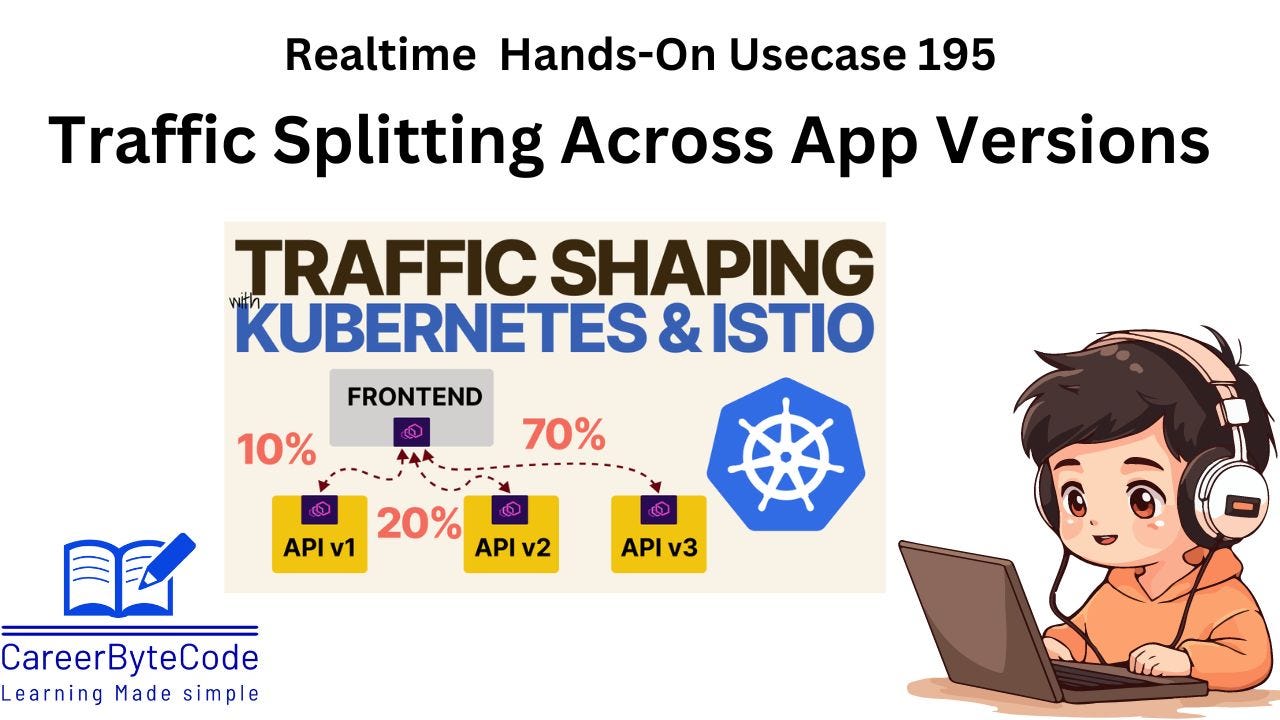Smooth Transitions Traffic Splitting Between App Versions Using Istio in kubernetes
Traffic splitting is crucial for deploying new versions of applications incrementally in production environments.
1. Why We Need This Use Case:
Traffic splitting is crucial for deploying new versions of applications incrementally in production environments. It allows you to gradually route a percentage of traffic to a new version of an application, mitigating risks and enabling safer, controlled rollouts. Istio, a service mesh, simplifies traffic management in Kubernetes clusters by providing fine-grained control over routing. It can be used to direct specific percentages of traffic to different versions of the same service.
In Google Kubernetes Engine (GKE), leveraging Istio for traffic splitting helps ensure smooth deployments, minimizes user disruption, and provides a reliable mechanism for canary releases and A/B testing.
2. When We Need This Use Case:
When deploying new application versions and wanting to ensure smooth transitions with minimal risk.
To perform A/B testing or canary releases by routing traffic incrementally between different application versions.
When you want to reduce downtime or avoid deploying new versions of applications directly to 100% of your users.
For fine-tuning and performance testing different versions of applications in production while controlling traffic load.
When implementing Blue-Green deployment strategies for continuous delivery.



